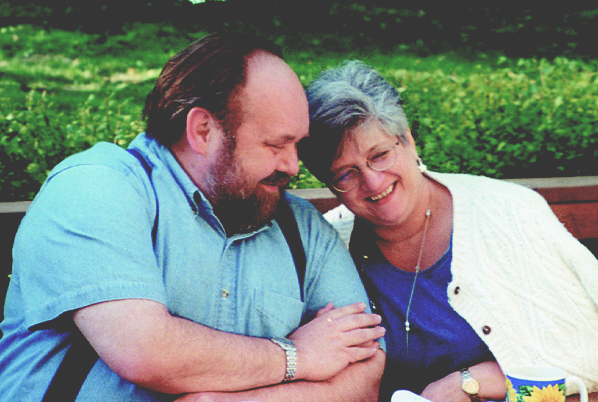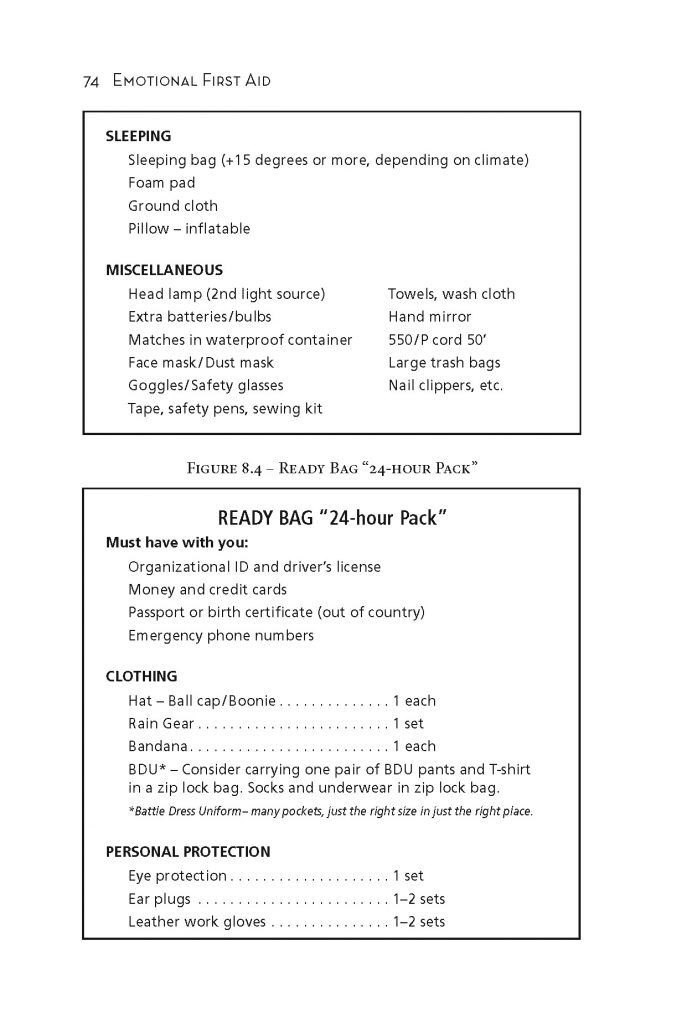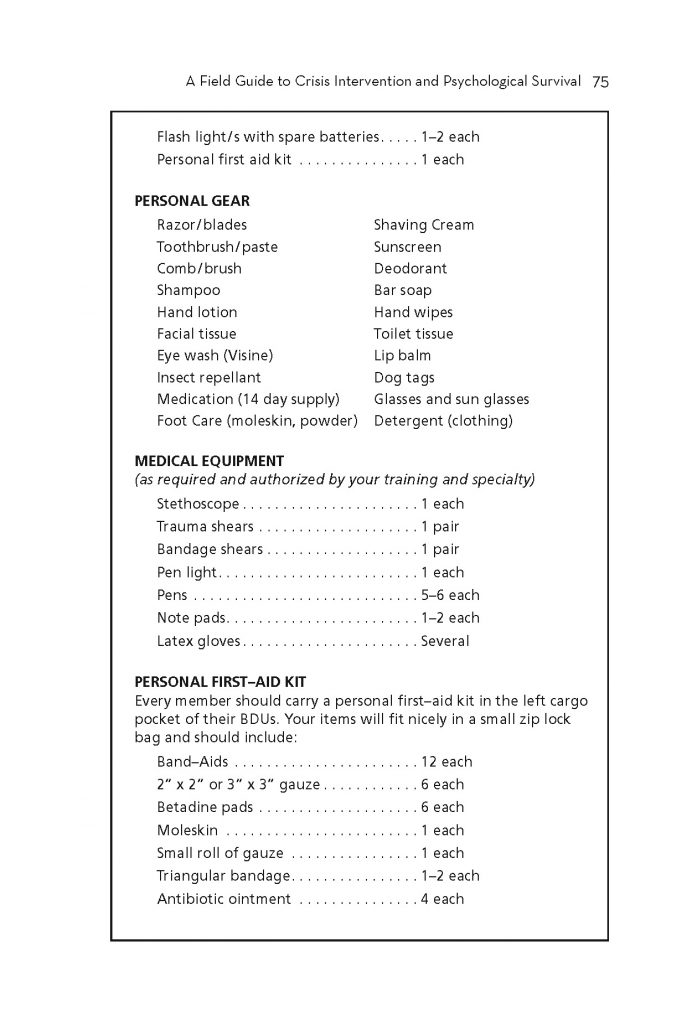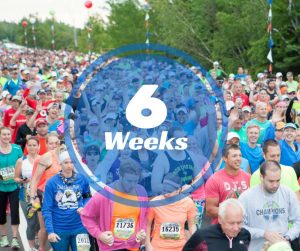Life as Art
by Michael Arloski, PhD.
The art of living
Sweet of orange, tart of lemon and bitter of grapefruit bathed my tongue all at once. Ever since I tasted a locally made Four Fruits Marmalade in the tiny English village of Sibford, I’ve been on the look-out for such citrus combos for my morning toast. I’ll take three out of four when I can. Finding lime mixed in with the other three is exceedingly rare.
This morning’s palate pleaser was not flying the Union Jack however, but rather that of England’s age old rival, the French Tri-color! French marmalade! The label read “Life In Provence” and invited a website visit. I obliged and soon sank into the fantasy of a region of the world I have only tasted from its seaside edge, and then far too briefly. The website spoke of the Provencal lifestyle, and the French way of the Art de vivre! What the Italians call La Dolce’ Vita!
It takes a real conscious effort to be part of our own culture yet not of it. How to be a cultural anthropologist of sorts and select the details of our lives to match our own true preferences? How to live in the U.S.A. and truly be a part of it (no ethno-centrism needed!), yet choose to be conscious in our art de vivre?
We make our attempts at times through inspiration. We visit a place or read about it, see film of it, and re-decorate our kitchen or bathroom to reflect that place and culture. We take cooking classes or buy a new-to-us food with an unpronounceable name and try it out. These openings into the art de vivre are all good. The hope is that we can maintain that consciousness when our rat-race culture calls, and perhaps calls loudly.
Perhaps it is about saying “yes” to life and “no” to the race. Perhaps it is about being assertive enough to say no to work, or even friends who want to race. “I’m sorry. (Not really, but we have to be polite here). We’re staying home today and doing some gardening. I want to prune my backyard grapevines. Would you like to come over afterwards and have a glass of wine and some garlic bread with us?”
Art de vivre
Live! Don’t race. Again and again, if we truly engage consciously in the art de vivre we will get the life we really want. It is not about dreaming of moving to Provence or Tuscany, and only dreaming. It is not even about moving there. It is about living the life you really want down in your bones, which you know is the true way for you to live, not some sales-pitch you swallowed.
It seems that the simple life that we seek is really about consciousness and awareness of the life we are already living. From that awareness we start re-designing, re-engineering our lives to work for us instead of against us. We choose to jump on an opportunity for fun (or even profit!) and our consciously open calendar allows for spontaneity and serendipity. We can do it instead of always complaining that we are too busy.
We are not all French farmers. Not everyone in Provence is either. Yet, to one degree or another, people there manage to hold on to the cultural supports for consciously engaging in the arte de vivre. Perhaps that is an advantage we lack here in America. Only in pockets here and there do we have the support for such a way of living. The overarching culture has morphed into a driven consumerist, unconscious way of living. All the more important to choose to live a life of awareness and make it an art.
Here in the United States, and in much of the modern world we live in, a culture that is constantly in flux. Change comes at us from all angles and shows up in the way we live our lives. Shifts that used to take generations now seem to affect us every five years or so. Our bodies are still trying to evolve biologically out of the hunter/gatherer era and our minds have to cope with a continual assault of multiple eras in one lifetime!
In the midst of this vortex of cultural confusion it is no wonder that the vision of the simple life has such great appeal. As we become conscious of our lifestyles our desire for simplicity collides head-long with the plethora of knowledge heaved at us by the technology of the information age. Science tries to step in and help us through analysis. It tries to isolate the precise variable that makes a particular diet so healthy. Yet the research seems only to raise more questions. What other variables are influencing this outcome? All good science, but in the meantime we need to figure out how to live…the art de vivre, the art of living.
One of the most valuable suggestions I’ve made to people in a quandary is to ask them to switch their question from “What should I do?” to “Who do I need to be?” The answers to the first question include many possibilities, so many that the question becomes more of a problem then the very challenge the person is facing! The answer to the second question can be found, and it is really found within.
The question for the question of “How should I live my life?” becomes “How do I need to be in my life?” We are asking “How do I want my life to be?” What do I want it to include? How do I want it to feel? What results do I want it to include? How do I want to be living as I produce those results? What produces satisfaction in my life?
These are questions for you to ask yourself. They are not questions to answer outside of yourself. You would not be wise to seek these answers in the mass media, in the commercial sales efforts that bombard us every day, or in the efforts of other salesmen masquerading as recruiters for their own particular cause or cult. The real answers are always within us.
Yet, we look for guidance; we look at the choices, the possibilities. We look at what appears to be working and what we find on our landscape of opportunity gives us the paint with which to color our dreams.
All great projects, including creating the life you truly want, that will serve you well, begin with a dream or we might call it a fantasy; a daydream of sunshine and relaxation perhaps. That fantasy, if it is to actualize, becomes at some point, a vision. We see ourselves in a hammock with sunlight filtering through trees.
From that vision we look for what in the world supports it. What and where and how to start to form it into a plan. A plan carried through either produces what we want, gets us closer to it, or shows us that we need to go back to the visioning board.
Many of us who dream of a satisfying and fulfilling life of health and sweetness are drawn to a way of life that seems to be working very well, the life of the people in parts of Southern France and Northern/Central Italy. We are intrigued by Provence, Tuscany and similar regions in the world.
The world loves these places. Certainly we romanticize them and ignore their own faults and shortcomings. Certainly few of us can or ever will move there, but drawn there we are.
Only four and a half million people get to live in the entire Provence-Alpes-Côte d’Azur region, less than 8% of the population of France. Not everyone finds a villa in Tuscany or Umbria. Yet that way of living seems to have a magnetic appeal.
When the American Heart Association tells us that a typical Mediterranean diet is consistent with its new dietary guidelines, it gets our attention. The globalization of our supermarkets and our dinner tables has the potential to change the health of our world. The big if is will we make the most healthy choices for us. Someone with high blood pressure still needs to avoid salt, for example. But the way of living that we look to in the Mediterranean region is not just about having access to good olive oil, it’s about pace of life, it’s about a non-sedentary life, it’s about valuing connection over production. (An interesting aside, recent studies are showing French workers to be more productive per-hour-worked than American workers.)
The eternal health and wellness search for the ultimate lifestyle formula is a bit like the efforts of alchemists searching for a way to turn lead into gold. Great idea, nice intention, but it’s not working. All of our sophisticated and complex recommendations to the public are received with hope, but far too seldom adopted into our lives.
Let’s look for healthy ways to live an uncalculated life. Life was not meant to be a struggle and neither was being well. We may still want to schedule those appointments but to do so with a consciousness of our whole lives and what is really important. There are a million “Yes, but…” protests to refute this position. The reality is that you are much more free than you think. You can craft a life (not just a “lifestyle”) that is healthy and true to yourself that can draw upon a whole world of options. You are the artist.
Michael Arloski is author of Wellness Coaching for Lasting Lifestyle Change and Your Journey to a Happier Life.
Click here to read more about Dr. Arloski.
Like this:
Like Loading...
 Nurturing Spiritual Development in Children by Understanding Our Own Spirituality
Nurturing Spiritual Development in Children by Understanding Our Own Spirituality Teens – Managing Life’s Expectations
Teens – Managing Life’s Expectations Managing Family Life Involving a Member with Emotional or Physical Challenges Workbook
Managing Family Life Involving a Member with Emotional or Physical Challenges Workbook

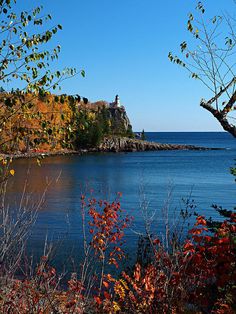
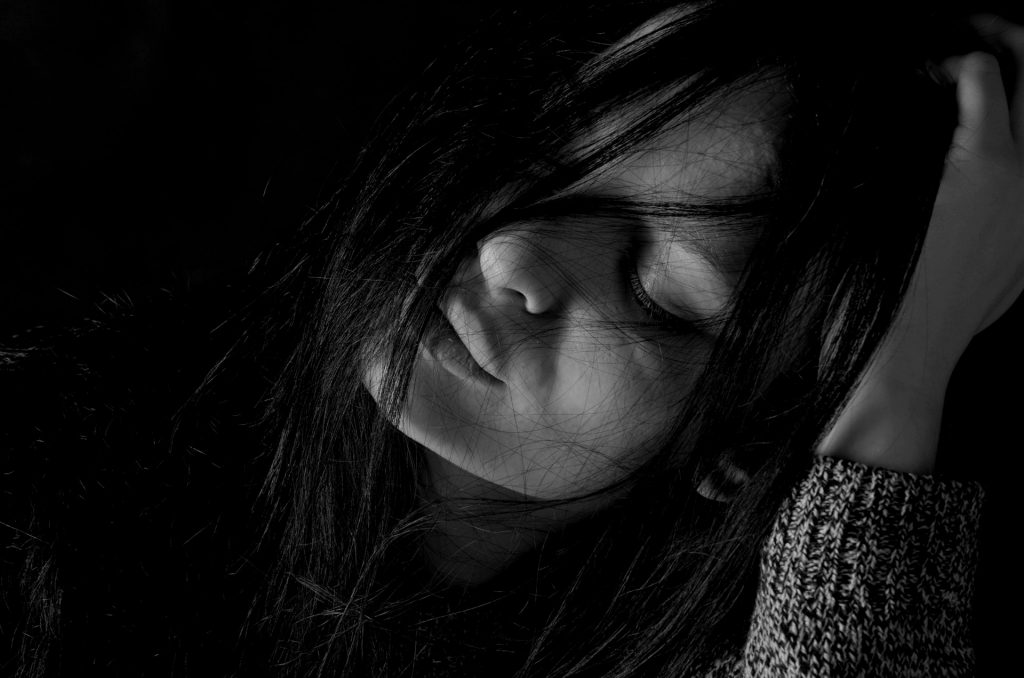 Because isolation is common in people living with a substance abuse disorder, it’s important for friends and family to know what to look for where suicidal thoughts are concerned. Warning signs may not be overt, but there will likely be some indication that the individual is thinking about self-harm. These can include:
Because isolation is common in people living with a substance abuse disorder, it’s important for friends and family to know what to look for where suicidal thoughts are concerned. Warning signs may not be overt, but there will likely be some indication that the individual is thinking about self-harm. These can include:



